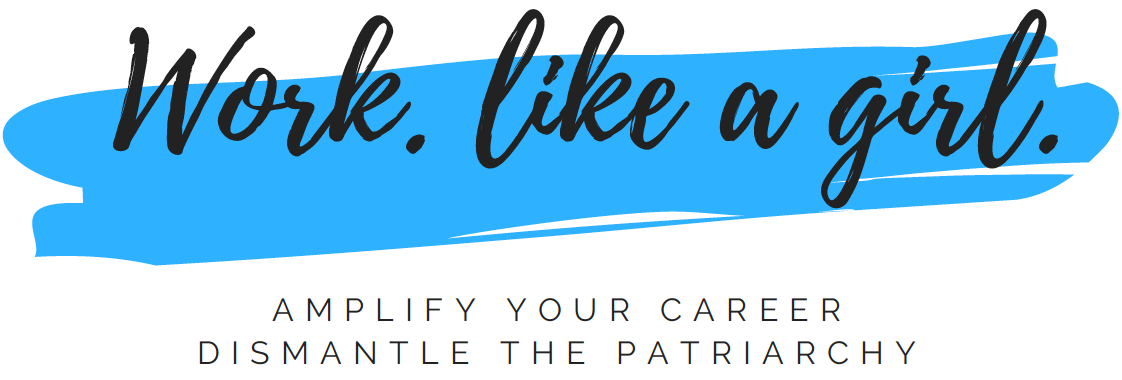Women make up almost half my company, but of the 18 people on our executive team, only two are women. I’ve asked if we can start a women’s leadership program, and was told it was questionable. Do women’s programs work? Or is this idea sexist?
No, the idea is not sexist. Women’s leadership programs work, with some outstanding results. Some companies have seen women within such programs advance at astounding rates: including 80% of participants receiving a promotion within one year.
State of the Union
Women have been marginalized in the workplace since women entered the workplace in mass volume during the late 1960s. Nearly 50 years later, with women being 52% of the professional workforce, and receiving 60% of both college and Masters degrees, we still see less than 7% of women in C level positions. Only 22% of executive level positions are held by women.
Not to mention the wage gap, and the various form of subconscious women face, the fact that women are less likely to receive actionable feedback on reviews, less likely to be provided stretch assignments, less likely to be provided mentorship, or sponsorship … it is not sexist, but a necessity in overcoming our own bias as a society on what is feminine, what is masculine, and how women should behave.
One example as to how this subtle bias rears its ugly head, is with feedback and on the job learning. Employees are more engaged on the job when they are learning (2.6x more engaged). The biggest obstacle to on the job learning is poor feedback from a manager. This disproportionately impacts women, who receive more critical feedback than men in annual reviews (about 30% more), but are not provided actionable step to constructively address the issue. Rather, they are attacked personally and reprimanded for their tone, for being too aggressive, or for speaking too direct.
TAKE ACTION TIP
Now, that doesn’t mean that you smack together any old program, and allow women to network only amongst themselves. Depending on the state of the union at your organization, programming may start with the decision makers themselves. Educating leadership on the benefits of a diverse and inclusive workforce is key to carefully creating a program that meets your team’s unique needs.
Decision makers are more likely to agree to a program when they understand the full impact of biased behavior, and how a women’s leadership program has the ability to not only shed light on stereotypes, but to assist with self-advocacy, and moving the needle on measurables such as capturing new market shares, creating a higher team IQ, and delivering higher financial earnings.
Start with value. When discussing a women’s program, arm yourself with stats that impact the organization’s bottom line. By pitching the value of the program and creating an understanding of the return on investment, you’ll win with decision makers.


